Amalthea – The Largest Inner Moon Of Jupiter
The 5th Largest Moon Of Jupiter
Amathea, also known as Jupiter V, is the third moon orbiting from Jupiter and resembles what you might think an asteroid from the asteroid belt would look like. First imaged in 1979 by the Voyager 1 and 2 spacecraft, it is an interesting little moon which is dwarfed by its brothers - the giant Galilean Moons.
Fast Summary Facts
- Discovered: September 9th, 1892 by Edward Emerson Barnard
- Size: Measuring 250 x 146 x 128 km it is highly irregular
- Gravity: 0.002g (about 0.2% of Earth’s gravity)
- Orbit: Amalthea orbits 181,365km (112,700 miles) from Jupiter in 11 hrs 57 mins at 47 km/sec!
- Largest Crater: Pan with a diameter of 100 km and depth of 8 km
More Cool & Interesting Facts About Amalthea!
- Amalthea was the last moon of any planet in the Solar System to be discovered from Earth using direct visual observation. All subsequent discoveries were made using photographic plates, space probes or the Hubble Space Telescope.
- The name comes from Greek mythology, Amalthea was a naiad who nursed the new-born god Jupiter.
- Amalthea is the reddest object in the Solar System that has been discovered! Isn’t that weird?!
- It has a similar appearance to many of Jupiter’s other small moons and is likely to have been a captured asteroid which formed in a different part of the Solar System, possibly the Asteroid Belt.
- The little red moon is the 3rd and largest of the 4 small inner moons and like the others, it is tidally locked – meaning the same side always faces Jupiter!
- From the surface, Jupiter would appear to be over 46 degrees wide in the sky! Basically, this means Jupiter would fill a quarter of the sky!
- The second largest crater Gaea is almost approximately 80 km in diameter and estimated to be 16 km in depth!
- The Inner moon Amalthea and one of the other small inner moons of Jupiter, Thebe, provide the material for the Gossamer Ring.
- On account of the close orbit to Jupiter, the inner moons are constantly exposed to high levels of radiation produced by the intense Jovian magnetosphere!
- Close up images have been taken by Voyager 1 and 2, and the Galileo orbiter spacecraft.
- On account of Amalthea orbiting so close to Jupiter, its orbit will eventually decay due to tidal forces (and later atmospheric drag) causing the moon to either breakup or impact with Jupiter!
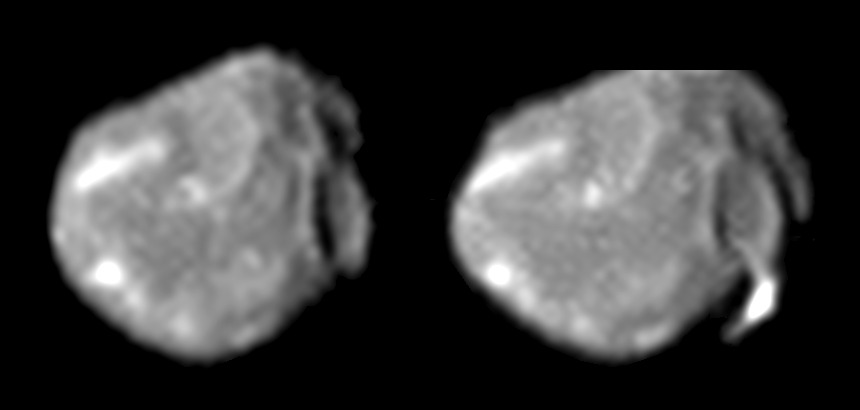
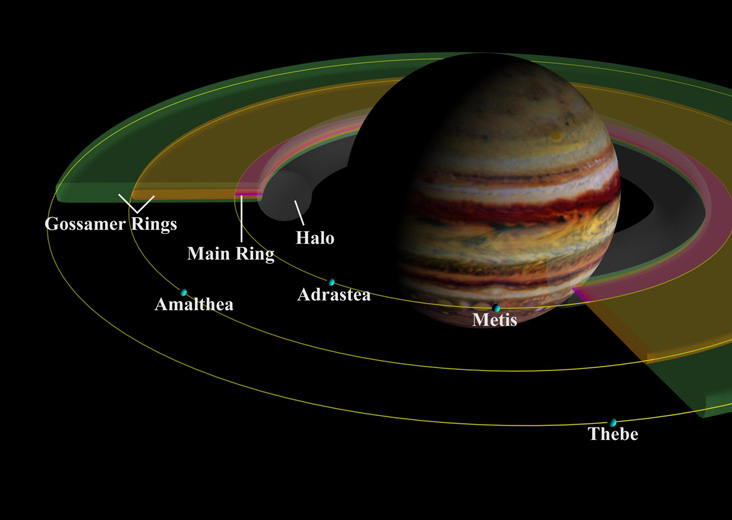
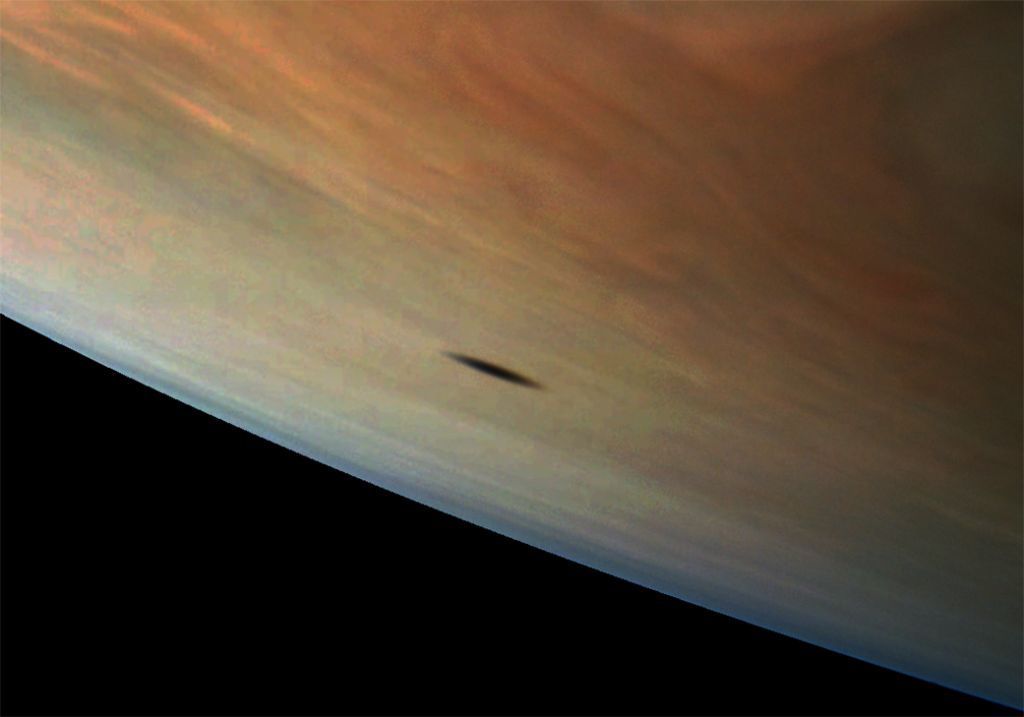
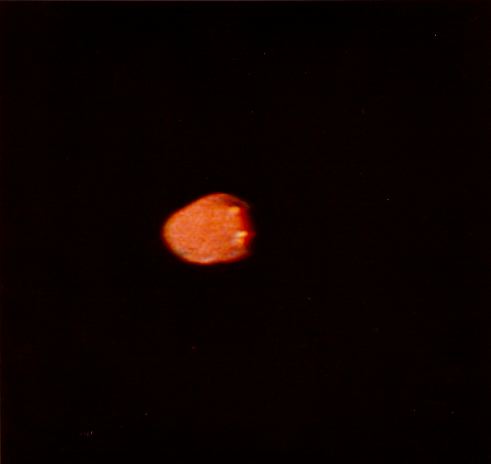
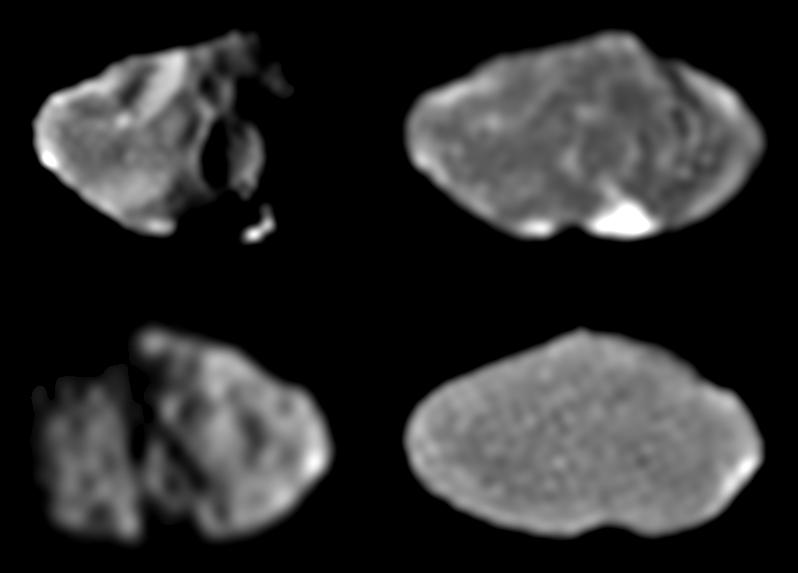
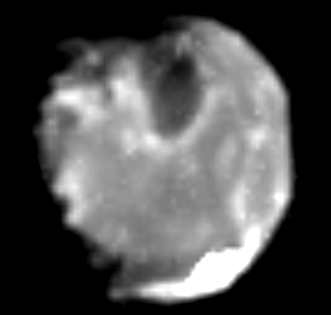
Amalthea
Complex System
Jovian Shadow
Amalthea From Voyager
Tidally Locked
Amalthea




